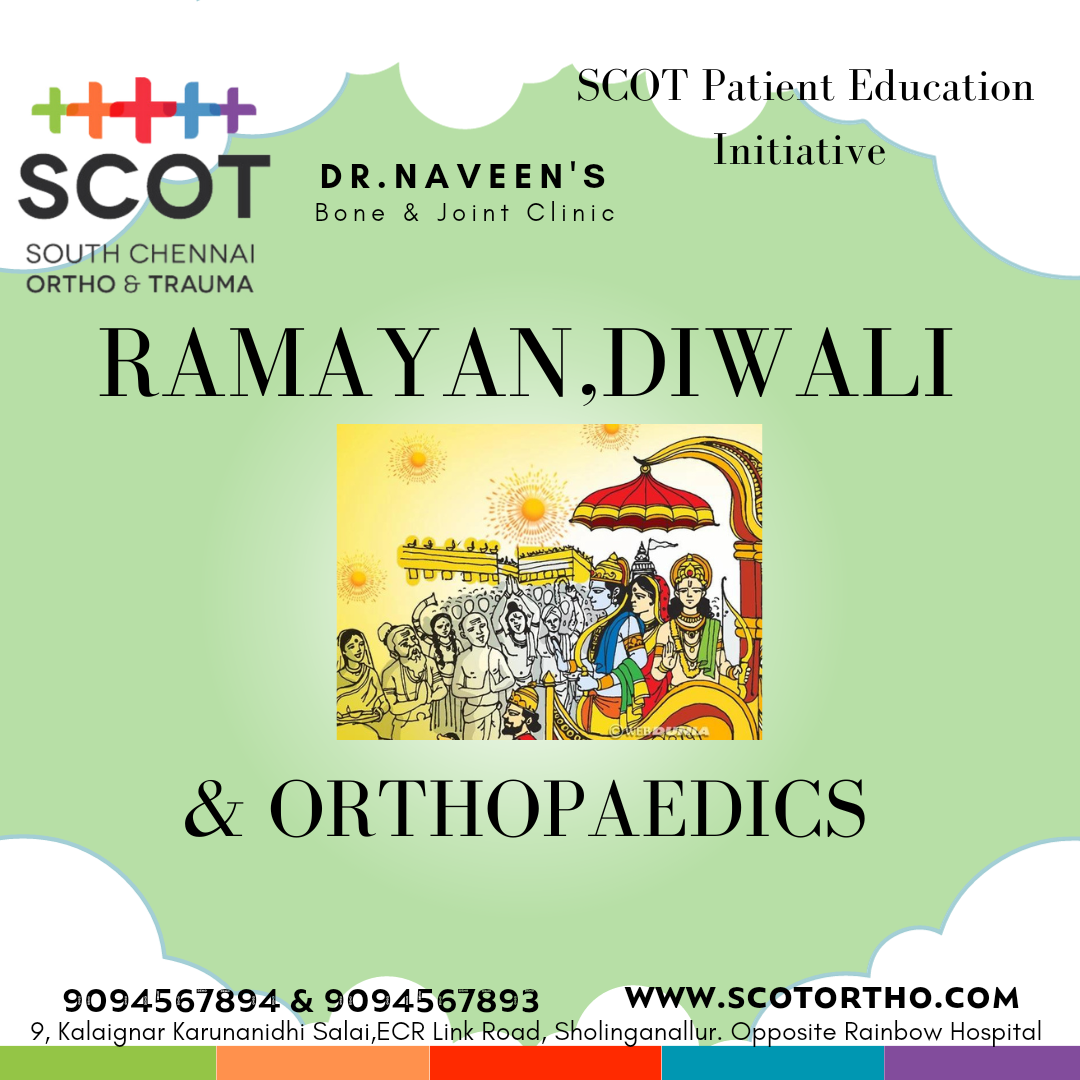The Ramayana is an ancient Indian epic that tells the story of Rama, a prince who is exiled from his kingdom. Rama is accompanied by his wife Sita and his brother Lakshmana. They travel through the forest and encounter many challenges, including battles with demons and other obstacles. Eventually, Rama returns to his kingdom and is crowned king.
There are a few connections between the Ramayana and orthopaedics. One connection is that Rama is often depicted as a strong and powerful warrior. This can be seen as a metaphor for the strength and resilience of the human body. Orthopaedic surgeons often use Rama as a symbol of hope for their patients, who are facing challenges of their own.
Another connection between the Ramayana and orthopaedics is that Rama is often depicted as a healer. This is because he has the ability to cure diseases and injuries. Orthopaedic surgeons can also be seen as healers, as they are able to restore function and mobility to their patients.
Finally, the Ramayana is a story of overcoming adversity. This is a message that can be applied to many aspects of life, including orthopaedics. Orthopaedic patients often face challenges such as pain and disability. However, with the help of orthopaedic surgeons and other healthcare professionals, they can overcome these challenges and live full and healthy lives.
Some additional specific examples of how the Ramayana can be used to teach orthopaedic principles:
The story of Rama's battle with Ravana can be used to teach about the importance of proper alignment and posture. In the battle, Rama is described as standing tall and straight, with his shoulders back and his chest out. This position allows him to use his muscles and bones efficiently and effectively. Proper alignment and posture are also important for orthopaedic patients, as they can help to prevent pain and disability.
The story of Rama's exile can be used to teach about the importance of exercise and activity. During his exile, Rama is forced to live in the forest and hunt for food. This physical activity helps to keep him strong and healthy. Exercise and activity are also important for orthopaedic patients, as they can help to improve strength, flexibility, and range of motion.
The story of Rama's return to his kingdom can be used to teach about the importance of rehabilitation and recovery. After his exile, Rama returns to his kingdom and is crowned king. This is a symbol of his physical and emotional recovery. Rehabilitation and recovery are also important for orthopaedic patients, as they can help them to regain their function and independence.
Overall, the Ramayana is a rich and complex text that can be used to teach many important lessons, including those about orthopaedics. By learning from the stories and teachings of the Ramayana, we can better understand the human body and its potential for healing. This knowledge can help them to improve their health and quality of life.
DIWALI
Here are some tips for orthopaedic patients to enjoy Diwali safely and comfortably:
- Avoid activities that could aggravate your injury or condition, such as lifting heavy objects.
- Wear supportive shoes and clothing that will protect your joints and muscles.
- Be prepared for pain flare-ups and keep pain medication on hand in case you experience any discomfort.
- Listen to your body and rest if you are feeling pain.
- Don't hesitate to seek medical attention if you are concerned about your injury or condition.

Comments
Post a Comment